The thundering hooves of majestic wild sheep once echoed across America’s rugged mountain ranges and desert canyons, but those sounds fell silent for decades. Disease, hunting, and habitat loss drove these incredible creatures to near extinction in many areas. Yet today, something remarkable is happening in our national parks.
From the towering peaks of the Sierra Nevada to the ancient badlands of South Dakota, bighorn sheep are making an extraordinary comeback. These aren’t just numbers on a conservation report. These are living symbols of hope, climbing impossible cliff faces and raising their young where their ancestors once roamed freely.
Yosemite National Park, California

The Sierra Nevada bighorn sheep vanished from Yosemite’s wilderness in the 1920s, victims of disease and hunting pressure. For more than a century, the park’s granite peaks stood empty of their natural mountaineers.
In 2015, again with donors’ help, biologists helped establish a third bighorn herd in the Cathedral Range, marking a milestone: the first wild sheep in the heart of the Yosemite Wilderness in more than 100 years. This project will boost the herds’ long-term persistence and ensure bighorns are one step closer to recovery and successful removal from the endangered species list.
Badlands National Park, South Dakota
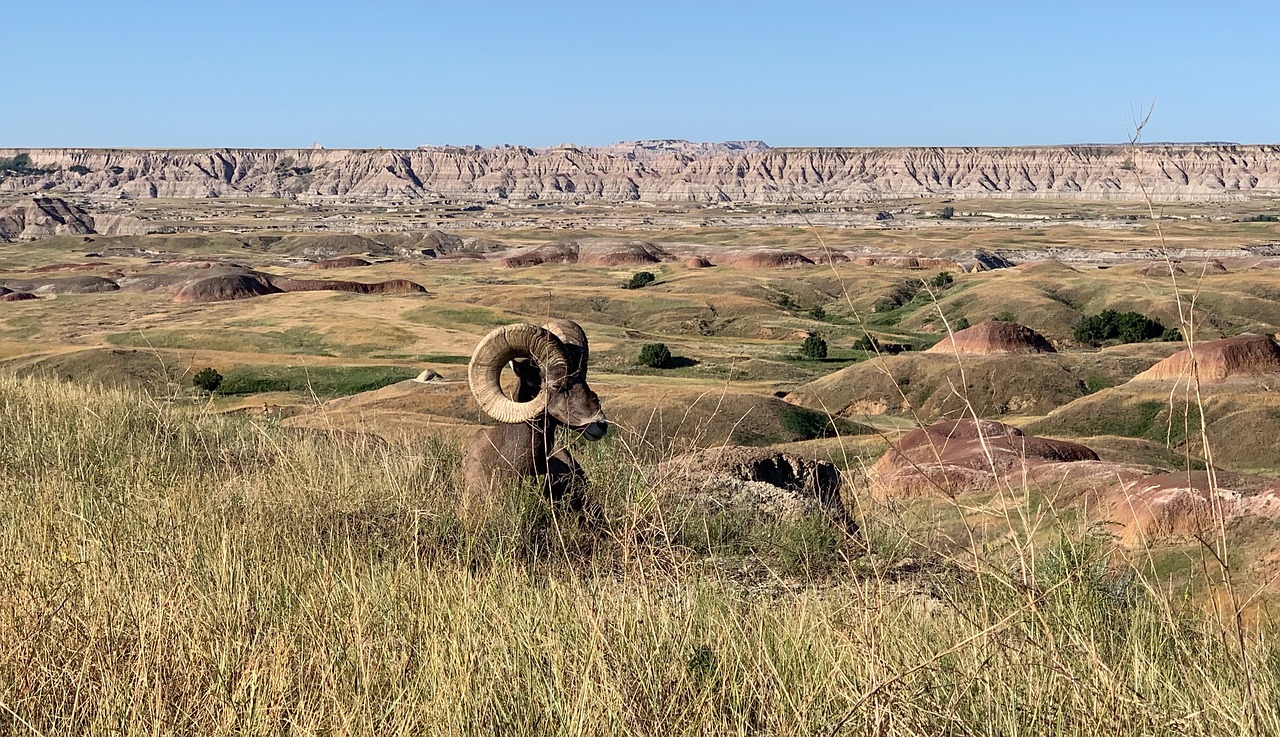
The Badlands of South Dakota historically represented one of the easternmost populations of bighorn sheep. The animals were extirpated from this habitat, but beginning in 1922, conservationists began restoring them. The park’s dramatic landscape of layered rock formations and grasslands provides ideal habitat for these hardy animals.
In 1964, the Badlands received its very own herd of bighorn! Twenty-two bighorn were translocated from Pike’s Peak in Colorado to the Badlands. The park later received a second population in 2004 from Wheeler Peak in New Mexico. The park now serves as a home for about 250 bighorn out of the 80,000 which exist in the US today.
Rocky Mountain National Park, Colorado
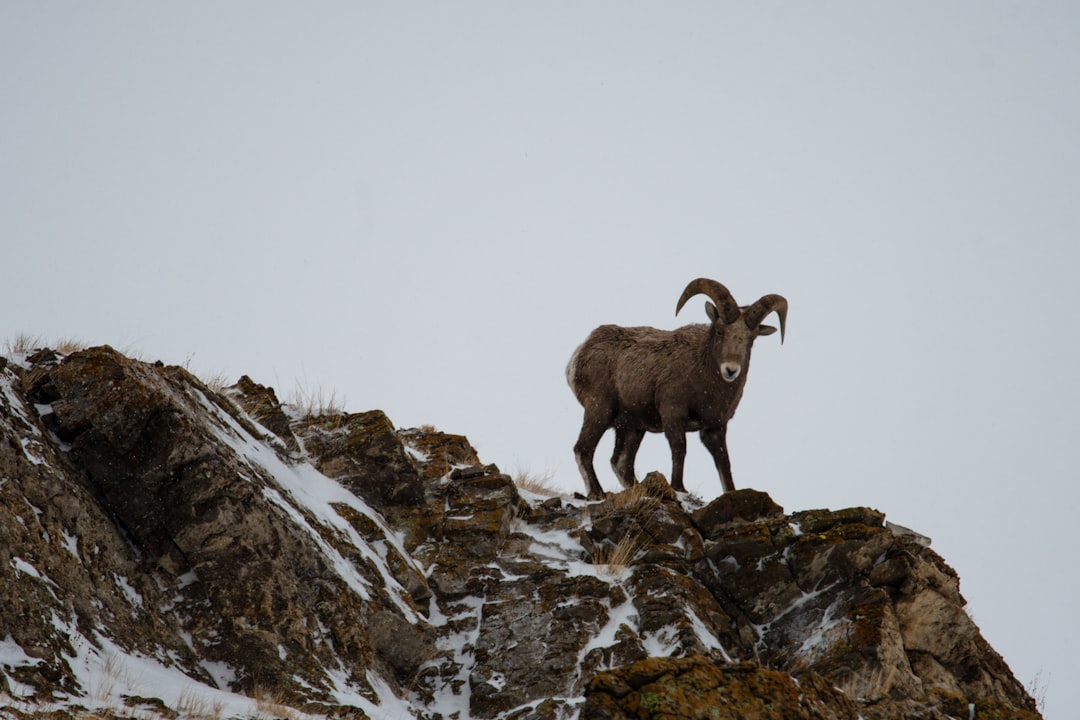
High in the Colorado Rockies, bighorn sheep have found their perfect mountain sanctuary. Rocky Mountain National Park has some really high mountain peaks at high altitudes – you can even drive on roads above 12,000 feet! That makes the park a perfect place for wild sheep, who love the high elevation.
Horseshoe Park is the name of the horseshoe-shaped portion of Route 34. This is definitely your best spot to see bighorn sheep. Sheep Lakes are located within this section, but don’t forget to drive the remaining half-mile on either side of the lakes to increase your opportunity to see them. Visitors often witness these remarkable animals crossing roads to reach mineral-rich mud that provides essential nutrients for their survival.
Zion National Park, Utah
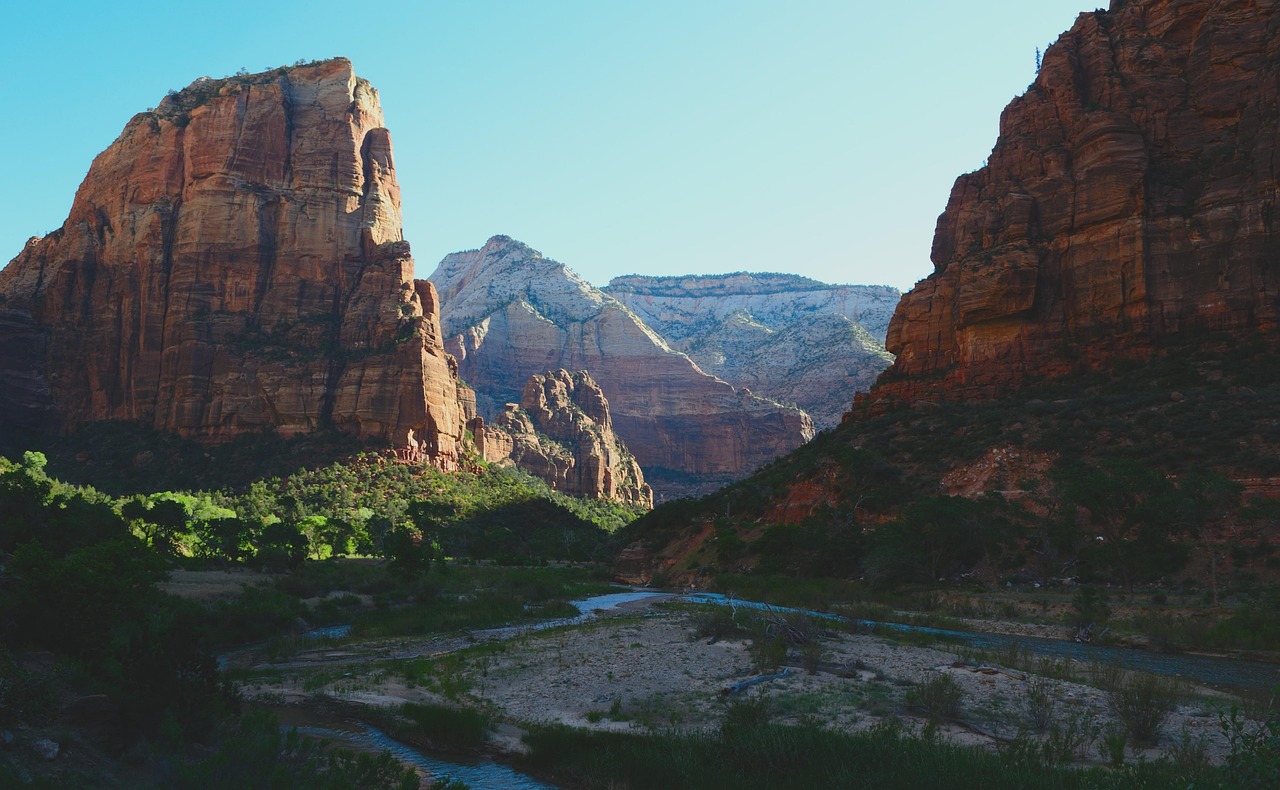
Desert bighorn sheep were reintroduced to Zion National Park in 1978. Initially, park managers though that the effort had failed. But that wasn’t the case: the bighorns were merely in more remote parts of the park. Today, they are thriving, with an estimated population of around 150-200 animals.
The National Park Service explains: “Bighorn have done so well in Zion that now wildlife biologists are concerned about the high population density. One major concern is that as bighorn spread out to new territory, they have a greater chance of contact with domestic sheep and goats, which can spread diseases fatal to wild bighorn.” This success story shows how restoration can sometimes work too well!
Glacier National Park, Montana
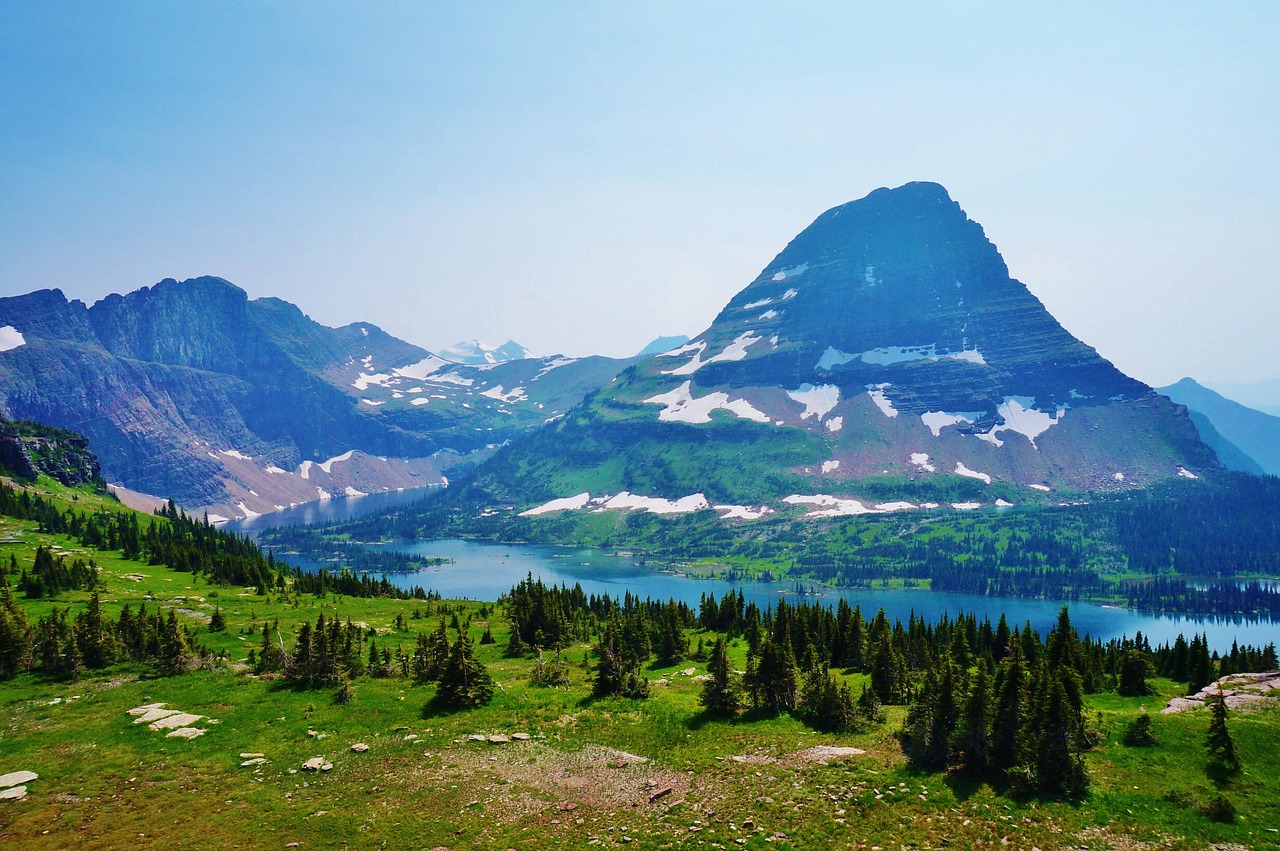
I’ve seen them in parks as seemingly different as Glacier National Park in Montana and Joshua Tree National Park in desert California. The park’s alpine environment provides exactly what bighorn sheep need: steep terrain for escape from predators and excellent foraging opportunities in high-elevation meadows.
These mammals are often seen in the Logan Pass parking area licking antifreeze from the pavement, which is the most easily accessible source of salt in their diet. During the summer, they can be found in meadows, fellfields, and on mid-elevation slopes bordered by cliffs and ledges. In the winter, sheep frequent windswept and south-facing valleys and ridges where forage is blown free of snow.
Great Basin National Park, Nevada

Nevada’s remote Great Basin National Park has become a crucial refuge for desert bighorn sheep populations. The park’s isolated mountain ranges create perfect island habitats where sheep can thrive without interference from domestic livestock. These high desert environments challenge even the hardiest animals, yet bighorn sheep have adapted magnificently to the extreme conditions.
The success here demonstrates how protected wilderness areas serve as genetic reservoirs for threatened populations. Rangers report increasing sightings near the park’s ancient bristlecone pine groves, where sheep find both shelter and mineral licks essential for their health.
Joshua Tree National Park, California

The Mojave Desert might seem like an unlikely place for mountain sheep, yet Joshua Tree National Park hosts thriving desert bighorn populations. But it is a chance to explore the most intact wild sheep habitat in the Mojave Desert. The refuge’s web site includes a helpful guide to finding desert bighorn sheep, including the most reliable locations along all the refuge’s main roads and some easier-to-access spots off the refuge.
These desert-adapted sheep have evolved remarkable abilities to survive in harsh conditions where water sources are scarce and temperatures soar. Their success in Joshua Tree proves that bighorn sheep are far more adaptable than many people realize, thriving in environments ranging from snowy peaks to scorching desert canyons.
Franklin Mountains State Park, Texas
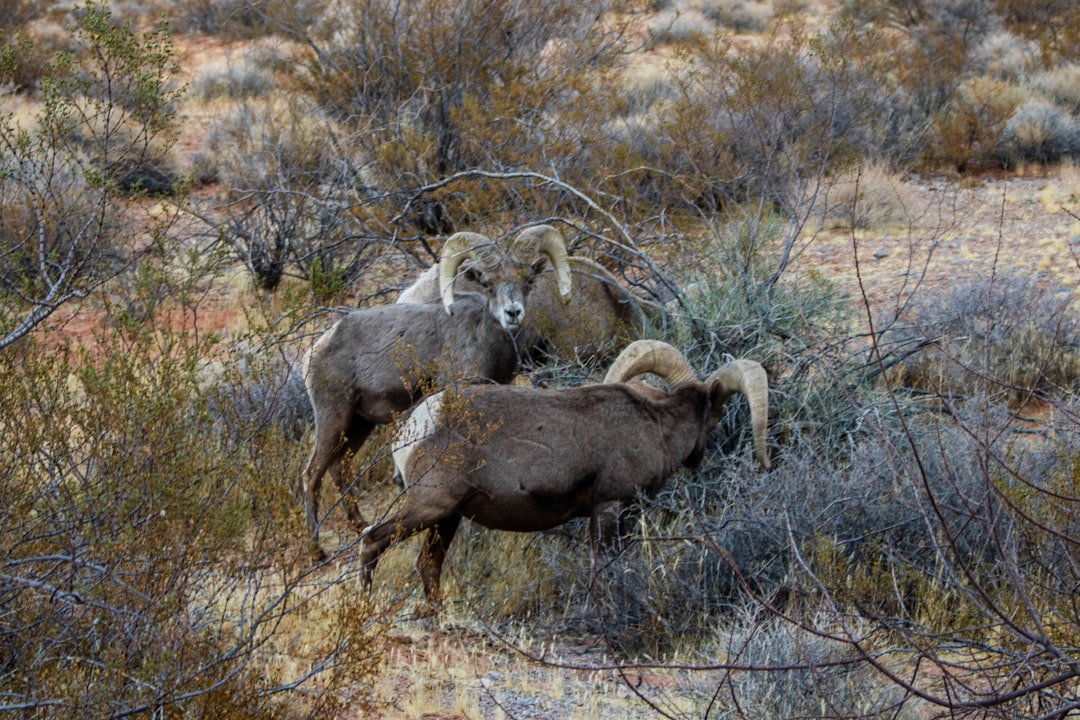
Desert Big Horn roaming the Franklin Mountains. The Texas Parks and Wildlife Department released about 80 sheep to their historic range as part of a larger effort to return the native animals that disappeared in Texas because of disease and unregulated hunting. This recent reintroduction represents one of the most recent and ambitious restoration efforts.
“We have 40 mature females that are all pregnant. El Paso, y’all, are going to have baby lambs on the landscape come next spring.” The park on the outskirts of El Paso is considered a prime location for the desert big horn sheep to thrive. The city provides a buffer to isolate the animals from a disease spread by Aoudad, a wild sheep imported from North Africa for hunts in West Texas.
Death Valley National Park, California

Perhaps no environment tests bighorn sheep more severely than Death Valley, yet these incredible animals have not only survived but flourished in America’s hottest, driest national park. The park’s desert bighorn populations navigate some of the most challenging terrain on Earth, from below-sea-level salt flats to towering mountain peaks.
Conservation efforts here focus on protecting critical water sources and monitoring population health in extreme conditions. Rangers have documented remarkable behaviors, including sheep traveling incredible distances to reach seasonal water sources. Their persistence in this seemingly impossible landscape serves as a powerful reminder that wildlife can adapt and thrive when given proper protection and habitat management.
Conclusion
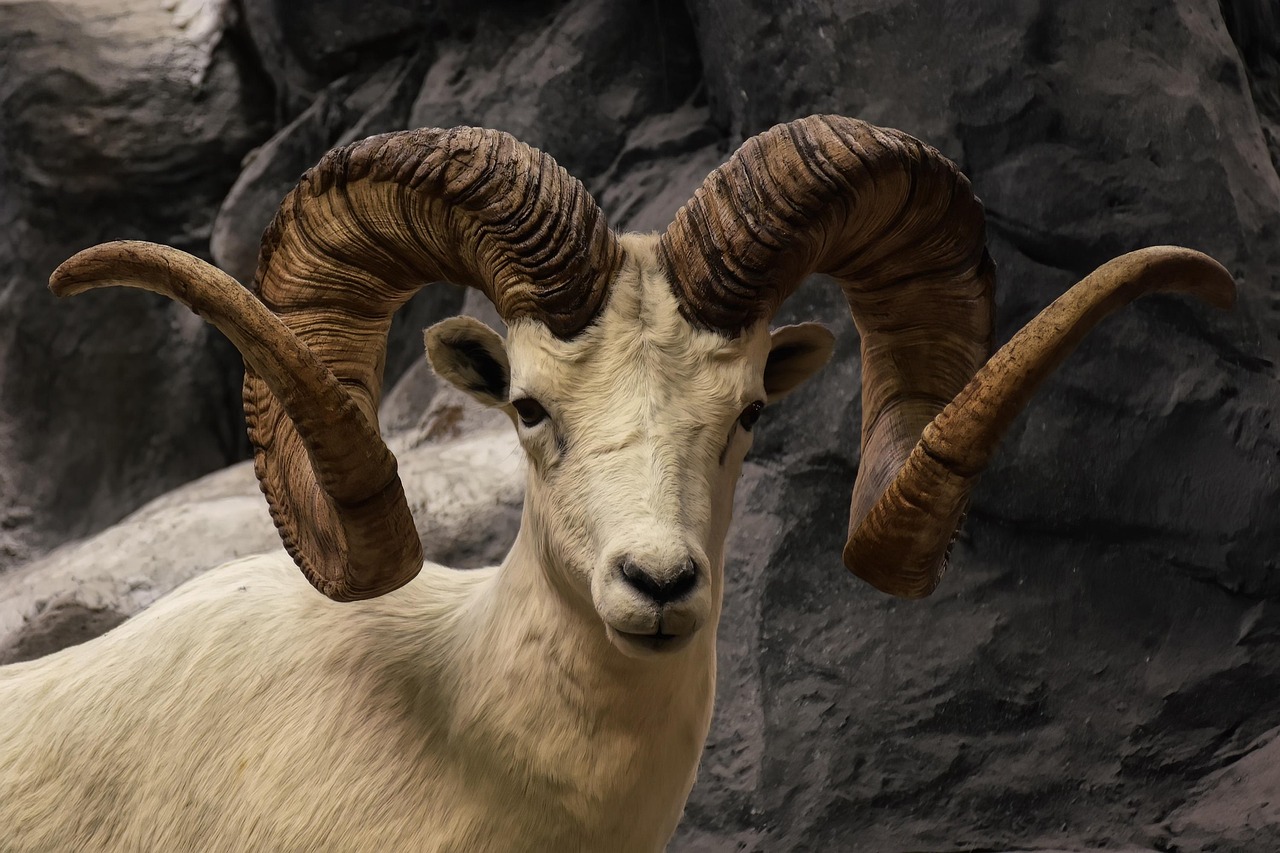
The return of bighorn sheep to America’s national parks stands as one of our greatest conservation triumphs. By 2019, these efforts had successfully restored bighorn sheep populations to stable levels across many regions. The impressive comeback was (and still is) hailed as one of the greatest success stories in North American wildlife conservation.
These remarkable animals remind us that with dedication, scientific expertise, and collaborative effort, we can undo past mistakes and restore the natural world. From helicopter captures to careful genetic monitoring, modern conservation techniques have given bighorn sheep a fighting chance to reclaim their ancestral homes.
What do you think about these incredible comeback stories? Tell us in the comments which national park you’d most like to see bighorn sheep in!

Hi, I’m Andrew, and I come from India. Experienced content specialist with a passion for writing. My forte includes health and wellness, Travel, Animals, and Nature. A nature nomad, I am obsessed with mountains and love high-altitude trekking. I have been on several Himalayan treks in India including the Everest Base Camp in Nepal, a profound experience.




